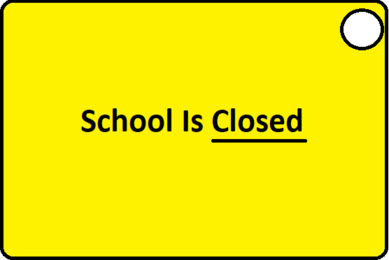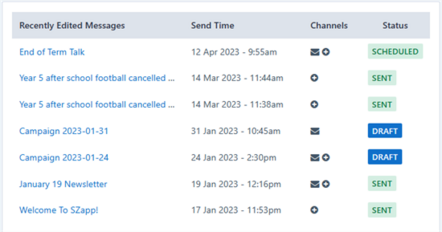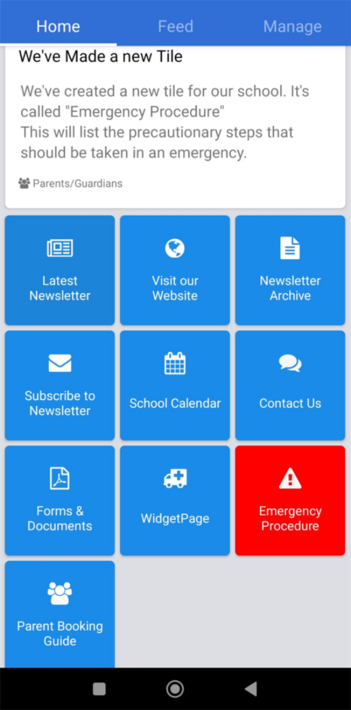Although we can hopefully say a welcome goodbye to lengthy school closures, unforeseen events and emergencies (like industrial action and bad weather days) will always play a part in school life. It’s for that reason it’s important to ensure there’s a structured plan in place to deal with and communicate these eventualities, and how this will affect students.
We understand this, and on our website we’ve written four points to consider, when creating your school’s emergency communication plan.
1. Be proactive, not reactive
The key is preparation. Although emergency and unforeseen events will vary greatly in nature, the way you respond to and communicate them will not. Being able to simply ‘press the button’ on a well-thought-out execution plan will help keep people calm, and avoid making a potentially bad situation worse
At your next senior leadership team meeting, add ‘emergency comms plan’ to your agenda. Discuss what went well and what didn’t during your last ‘emergency’ and what you can do differently next time. Discuss who will implement each stage of the plan. Ensure roles in the school are clear, ie. Who is going to ensure the process is executed properly and distribute the communications?
From this brainstorm, the objective is to create a formal communication plan that you follow, every time you experience an unforeseen event. It will ensure roles are clear, highlighting who will execute what.
This emergency procedure must then be shared with the entire staff at the school.
2. Be speedy and concise, but also thorough
By their very nature, emergencies arise without notice, and parents, particularly those with primary school students, will need to make plans around this. It’s therefore crucial to make your community aware of the impact as soon as possible.
Compile a list of the most common events that may occur, and have a set response template which you can adjust as necessary. For a ‘strike day’ for example, you’d include:
- Remote learning plans, if any. Include (or link to) brief instructions on how to access resources for different years
- Exceptions to the school closure – are certain key year groups still required to attend?
- How to contact the school if there are any queries
- Where to access further information
- The dates that are affected
Arrange this into a generic written communication (that’s as short as possible), with blanks for specific information, so that it can be used every time as a starting template. Not only will this speed up the process, it also ensures you don’t miss vital information.
3. Belt and braces
Remember that people aren’t necessarily expecting this news, so they won’t go searching around on a website or social media for it. A parent whose child is on a residential trip, for instance, may purposely head to the school’s Twitter feed to check for pictures and updates whilst they’re away. Will they do that when the school’s freezing because the boiler’s broke? Of course not, because they’re totally unaware of the problem.
It's vital that messages of this nature are pushed out to parents in an easy-to-consume way. As part of your emergency communication plan, it may even be useful to code the severity of the emergency, to determine the channel with which you send out your messages. For example:
Red - Issues like bus breakdowns, major plumbing or power faults
Communication channel – In some instances a phone call, text, app notification, email, social media post
Amber – Adverse weather days or club cancellations
Communication channel – Perhaps text, app notification, email, social media
Yellow – Strike days, inset days
Communication channel – App notification, email, newsletter
If you have a communications platform that can distribute all these communications under one log in, this will obviously save a huge amount of time. It’s also useful to segment your parent data into specific groups set up in your communications platform. That way, if there’s an issue with a specific year or class group (or even bus group!) you can send something out to them very quickly, without bothering your whole population with something irrelevant.
4. Communicate the communication plan!
When you’re happy that you have a fine-tuned emergency communication plan in place, ensure your parents are aware of how they will receive emergency news in the future. Put the process in your newsletter at the beginning of the autumn term, to remind current parents and explain to new parents.
So people can refer to it at any time, add the emergency procedure on your school app, if you have one.
With all your necessary communications operated by one central control centre, Schoolzine’s parent engagement platform is the ideal choice for communicating emergencies. If you’d like to discuss further, please get in touch to arrange a free online demo.





